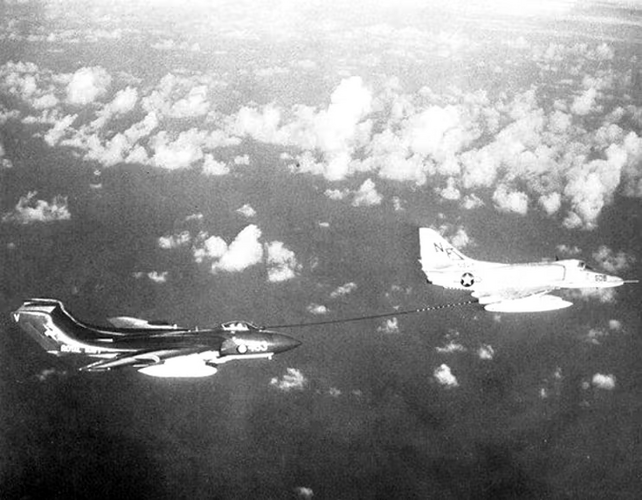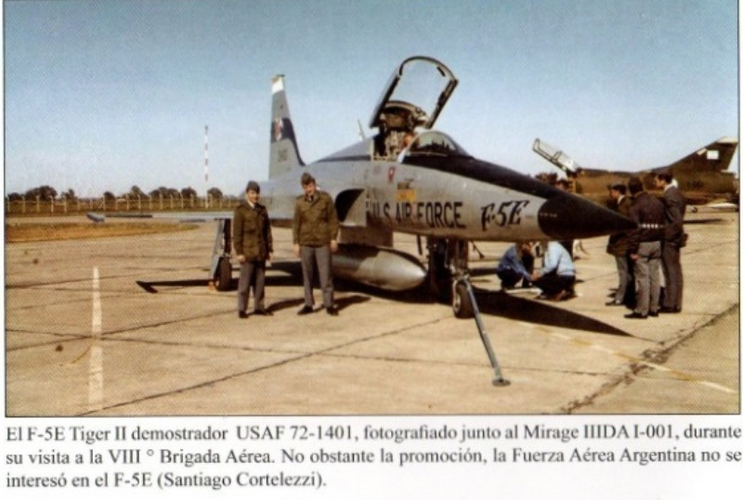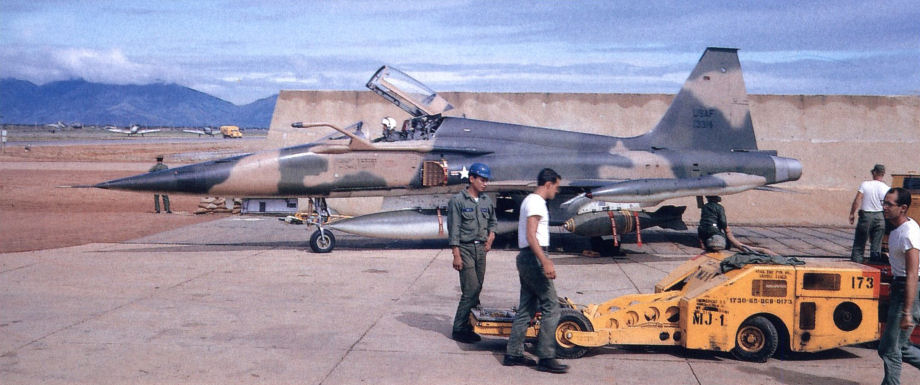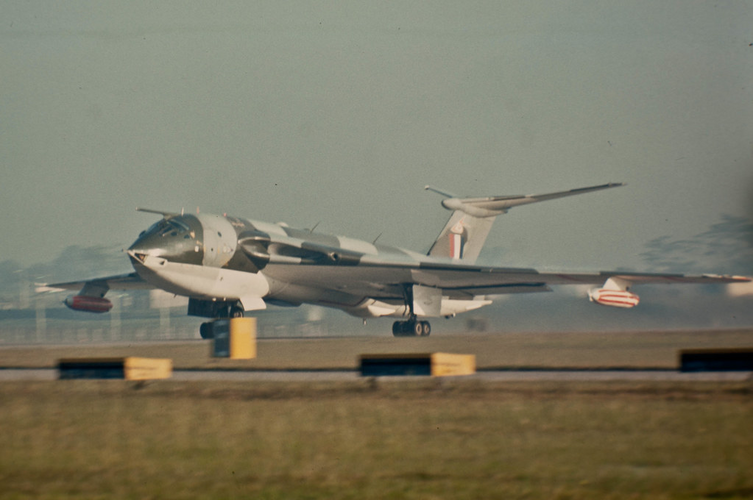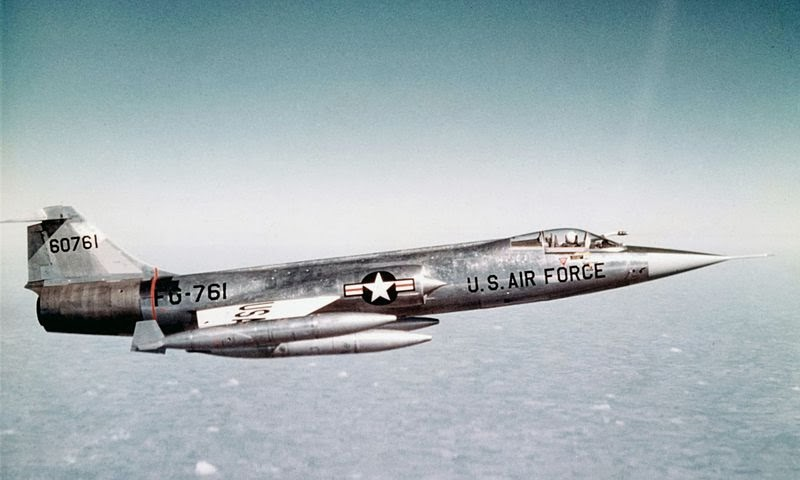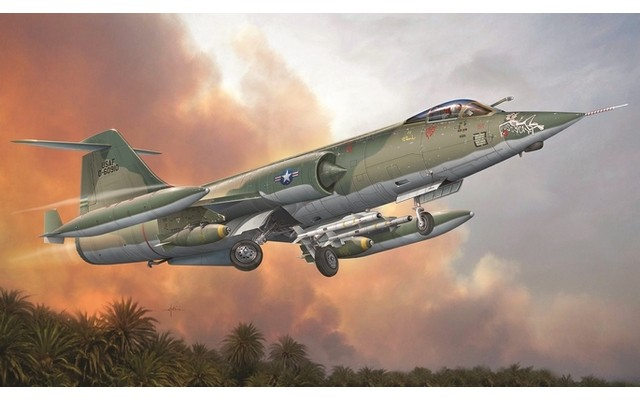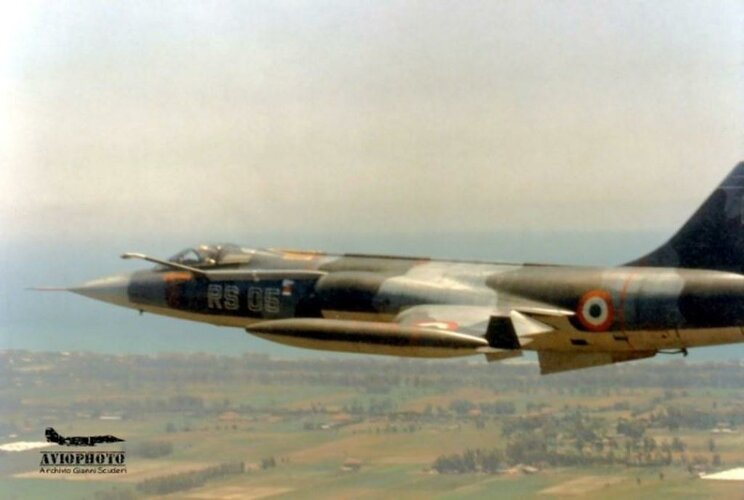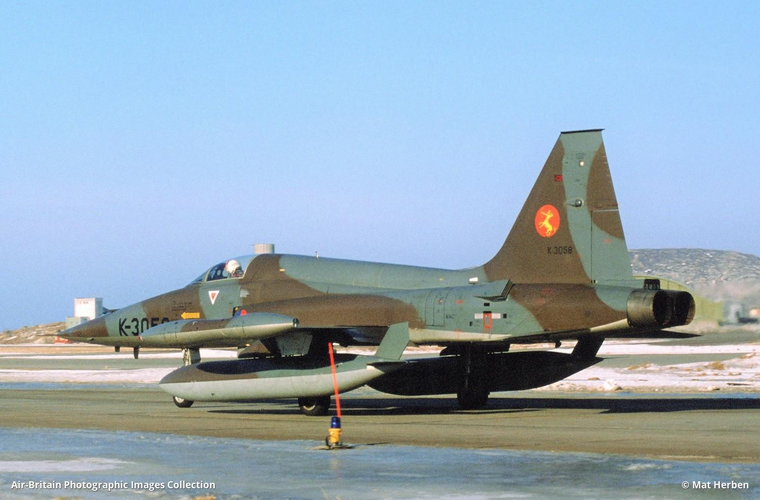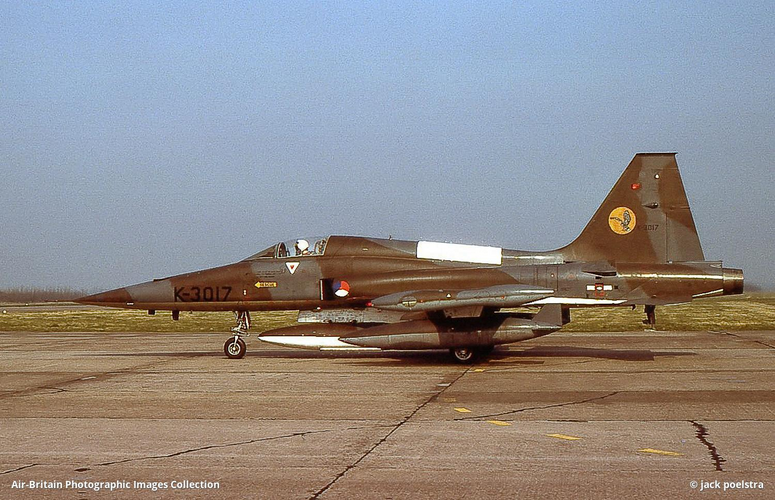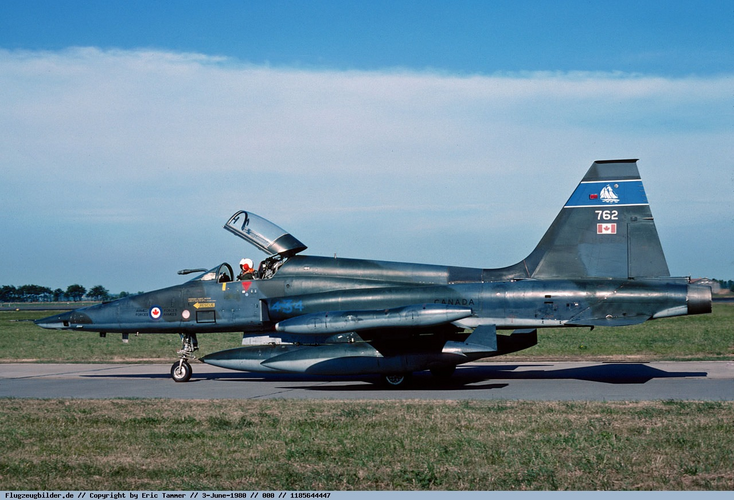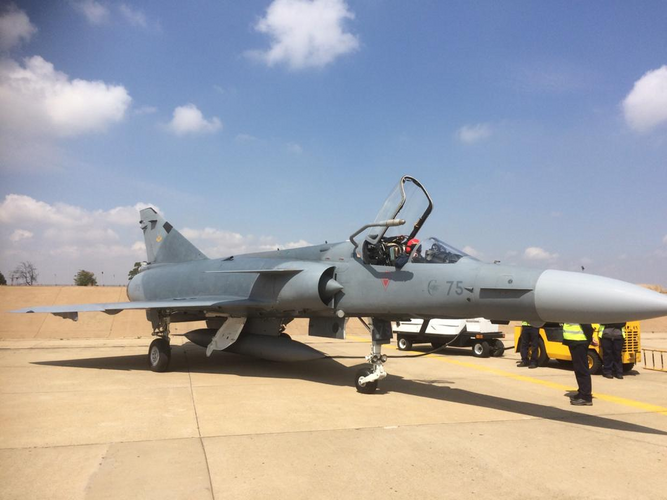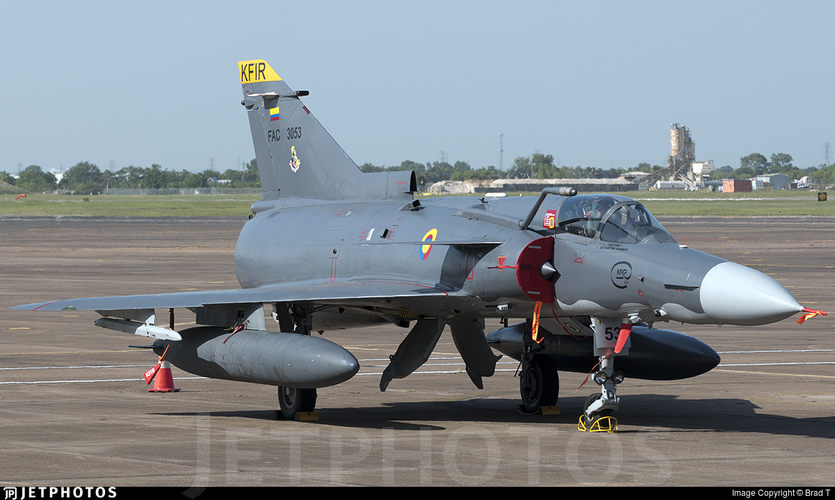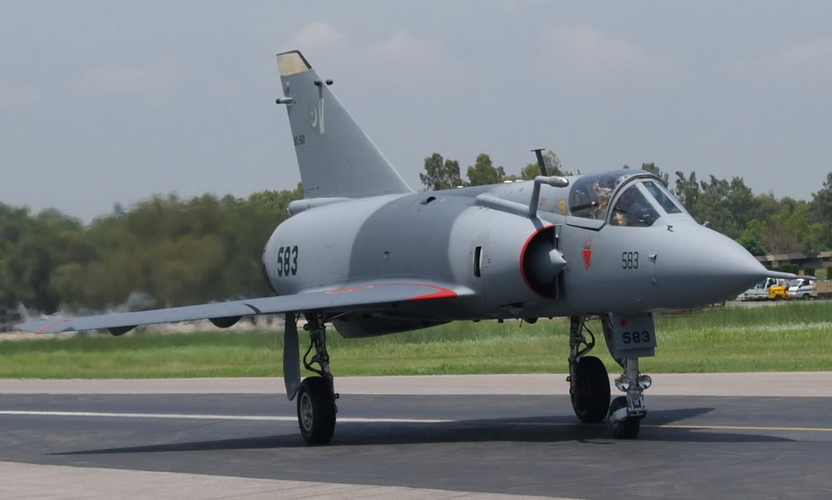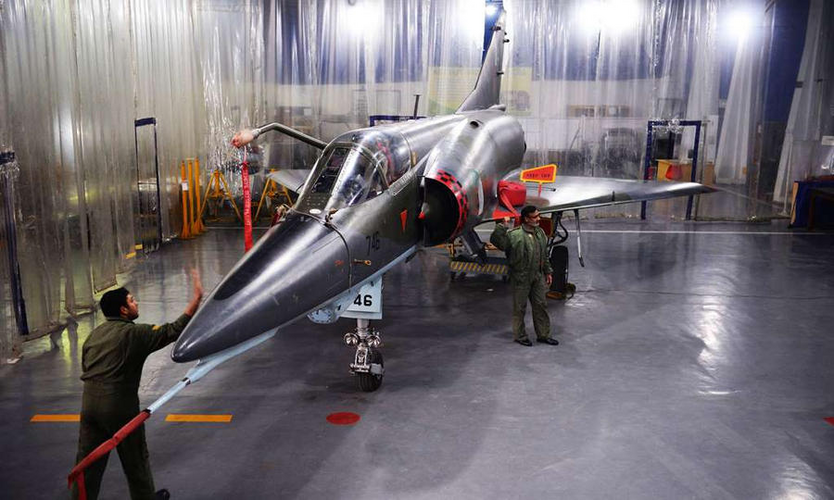Support Fleet
Jules Verne - repair ship
5x Rhin - tenders
2x Durance - replenishment tankers
Isere - replenishment tanker
La Seine - replenishment tanker (think still operational in 1982)
La Charente - tanker plus fitted as a command ship
2x Punaruu - tankers
Saintonge - provisions ship
This is the only thing that matters.
Simple fact is the French don't make it into the South Atlantic....let alone spend 2 months there.
Good point. Let’s look at logistics… could the French make it work?
Carrier Battle Group composition (modeled on the historical RN task force and delivering the same # of sorties/day):
11 ships with ~6,000 men
1x Foch CV
1x Jeanne d’Arc commando carrier
3x AAW escorts (of 6 in service)
3x ASW frigates with Crotale + 2 Lynx each (of 6 in service)
2x older ASW frigates with Malafon only (of 8 in service)
1x Jules Verne fleet ammunition/repair ship
Replenishment needs (approx):
Oil: ~900 tons/day (300 t/day for Foch, 100t/day for Jeanne d’Arc, 50-60t/day for escorts)
Aviation fuel: 150 tons/day (100 t/day for 32 fighter/strike sorties + 50t/day for Alize patrol, Etendard IVP buddy tankers, helos)
Food: All ships have 45 days stores.
Munitions: 1,300t aboard Foch + 300t aboard Jules Verne
Ports available for resupply: 4 options within 4,500nm. French Guyana, Dakar (Senegal), Abidjan (Ivory Coast), Libreville (Gabon). Dakar would be ideal (closest to France), but any of the above would work for picking up oil/food supplies. Historically the Brits used Freetown (Sierra Leone) which is the same distance.
Replenishment fleet:
The 2 Durance replenishment tankers can shuttle back & forth every ~12 days, bringing each time ~10,000 tons of liquids, food for 6,000 men for 9 days, and 150t of munitions.
This should be enough to cover 80% of the ~CVBG’s oil & food needs, leading to a slow drawdown of the ships’ stores over 45 days of operations.
Additional liquids from 2 oilers (La Charente + Isère) should be sufficient to make up for the liquids shortfall, with each oiler making ~13 day shuttle runs and bringing ~15,000t oil each time.
Some of France’s merchant oiler fleet will be needed to bring fuel to the staging port, and ideally all the way into the staging area for at sea transfer. Some cargo ships with cranes should also be available to bring food and supplies.
So… based on the above I feel pretty confident that the carrier group could be supplied on station for the duration of the conflict. This is enough to gain sea control and air superiority and cut off the Argentine forces from resupply… ie. sufficient for strategic victory.
Next: let’s look at the supply situation for the invasion force to actually win on the ground.

